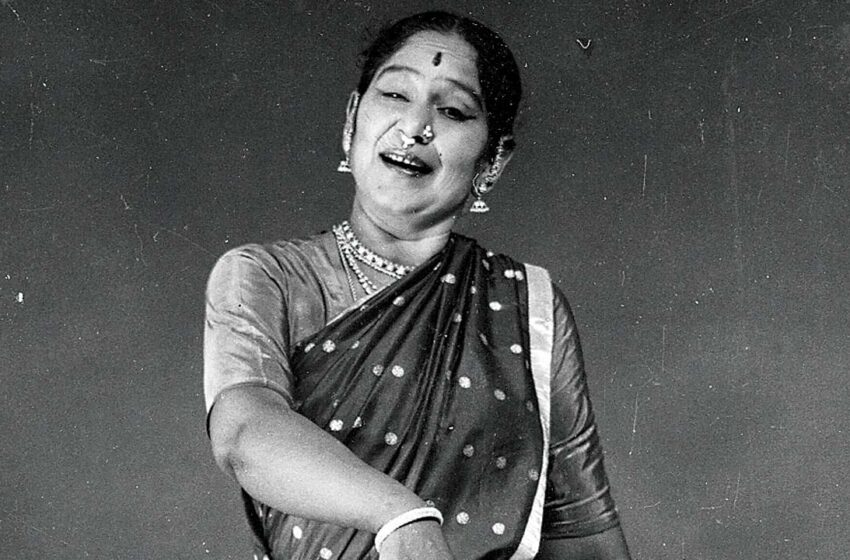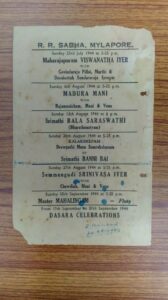The life and times of Bharatanatyam exponent Balasaraswati

Bala in Ashish Mohan Khokar Collection@IGNCA, Oct 20-26
Team L&M

From the archives
Bala was a unique artiste, true to form and rich in content. Her forte was mimetic dance, or abhinaya but as she could sing while dancing, her uniqueness got enhanced because at that time there were only a few who could do that. She trained many in West, but in India, she was initially neglected and then marginalised by the Madras Brahmincal establishment, until E.Krishna Iyer, the lawyer art connoisseur and critic, presented her at the Music Academy and she sang famously:”Yarakka bhayama? ( Why should I fear or be afraid of anyone!?”). Soon, the society-set flocked to learn from her but most did not dance professionally as many neither grasped the depth of her art nor could do justice to layered poetry she sang and danced to. Aniruddh Knight, her grandson, brought up in USA, is closest to her style today and he follows her mannerisms on stage – he perhaps got it in his genes – and can also sing and dance at the same time. An attenDance Yearbook awardee, he is a solid repository of her art.
This compilation by Ashish Khokar made five years ago for Bala’s centenary, shows a glimpse of her art and times, in archival documentary style curator and editor, Ashish Khokar has made his signature filmmaking tune. It is direct, full of historical data and information and takes off from where many Masters left. Khokar uses few words but effectively conveys large issues. He is the gold standard in dance documentation, archives and history. His 45 books, 85 modules for UGC’s e-pathshala and 10 dance documentary films prove that.
UNESCO’s Council for Dance Bengt Hager suggested Ashish Khokar’s name, way back in 1995, to New York Lincoln Centre to intern and learn archiving at New York Public Library for Performing Arts. This has helped him save and preserve the family treasures Mohan Khokar Dance Collection now gifted to the IGNCA, Delhi. “We could’ve have given MKDC to Lincoln Centre and Stockholm Dance Museum but I thought it is India’s dance wealth, it should remain here. Future generations of students and scholars need not go abroad to research on our heritage and history. IGNCA head Dr Sachchidanand Joshi is an art-lover and an educationist, so he made us feel MKDC will be safe and secure in the IGNCA and get its due respect. IGNCA today is best functional multi-disciplinary cultural institution of India,” avers Ashish Khokar, the cultural historian who has seen much in 50 years.
Watch Bala on Habitat Youtube Channel on October 19




1 Comment
Thank you so much for making this documentation available .It would be so very inspiring for present and future generations.Thanks to Ashish ji !!!Your documentation work is a great contribution to the art field 🙏